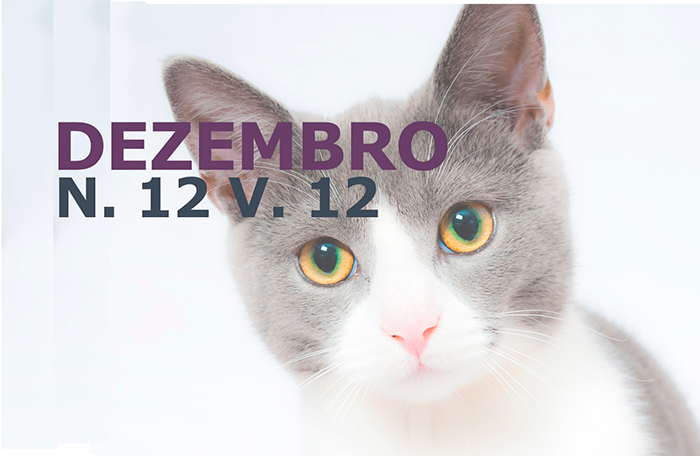Case suggestive of acute hemoplasmosis in nutria (Myocastor coypus): Case report
DOI:
https://doi.org/10.31533/pubvet.v13n01a236.1-5Keywords:
hematology, hemoplasms, rodents, wildAbstract
The present study aims to report a case suggestive of Mycoplasma spp. in a nutria, in Pelotas, Rio Grande do Sul State, Brazil, treated at the Center for Wildlife Rehabilitation and Center and Screening of Wild Animals, Federal University of Pelotas (NURFS / CETAS – UFPel), an adult and male nutria, about 4.8 kg, was rescued at Praia do Laranjal, in the municipality of Pelotas, Rio Grande do Sul, Brazil. During the clinical care of the animal, it was observed that it had motor incoordination and prostration, besides difficulty in food intake. Blood samples were collected from the animal, packed in a tube containing anticoagulant ethylenediamine tetraacetic acid (EDTA), to perform blood counts. The hemogram was performed by cellular counting, using veterinary automation pocH-100iV Diff - Sysmex®; evaluation of blood smear, previously stained with Panotico Rápido®, by light microscopy; and measurement of total plasma proteins and plasma fibrinogen through refractometry. Through cell counting and measurement of total plasma proteins and plasma fibrinogen, it was possible to observe that the animal had anemia, leukocytosis and a possible hyperfibrinogenemia. Blood smear observation showed extracellular basophilic structures attached to the red blood cells, compatible with the morphological description of Mycoplasma spp., suggesting acute hemoplasmosis. In the clinical setting, antibiotic therapy with 2.5% enrofloxacin (7 mg / kg) was instituted. After 15 days of therapeutic protocol, it was possible to observe clinical improvement and erythrocyte parameters of the animal, suggesting that the success of the therapeutic protocol corroborates with the suggestive infectious disease.
Downloads
Published
Issue
Section
License
Copyright (c) 2018 Sergiane Baes Pereira, Larissa Caló Zitelli, Paulo Quadros de Menezes, Valéria Defavari Moretti, Paulo Mota Bandarra, Ana Raquel Mano Meinerz

This work is licensed under a Creative Commons Attribution 4.0 International License.
Você tem o direito de:
Compartilhar — copiar e redistribuir o material em qualquer suporte ou formato
Adaptar — remixar, transformar, e criar a partir do material para qualquer fim, mesmo que comercial.
O licenciante não pode revogar estes direitos desde que você respeite os termos da licença. De acordo com os termos seguintes:
Atribuição
— Você deve dar o crédito apropriado, prover um link para a licença e indicar se mudanças foram feitas. Você deve fazê-lo em qualquer circunstância razoável, mas de nenhuma maneira que sugira que o licenciante apoia você ou o seu uso. Sem restrições adicionais
— Você não pode aplicar termos jurídicos ou medidas de caráter tecnológico que restrinjam legalmente outros de fazerem algo que a licença permita.





